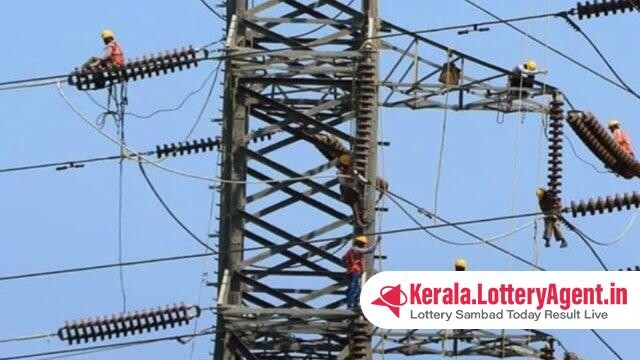
A hot summer forecast has energized the Ministry of Power into action to forestall impending power outages as India’s peak electricity demand is expected to skyrocket to a record-breaking 260 gigawatts (GW). With the ministry’s gaze fixed firmly on the upcoming months, an order has commanded fifteen imported coal-based and all gas-based thermal power plants to spring into service. This proactive step underscores the nation’s heavy reliance on coal and gas for its energy needs during peak periods, a reliance that is accentuated due to the current lack of substantial energy storage infrastructure. Such storage solutions hold the key to capturing surplus energy from solar and wind operations when demand is low, then redistributing it when demand soars.
The dilemma of power supply meeting peak demand is not new, but the scales may tip unfavorably if unprepared for the summer’s spike. While the peak demand deficit, showing the difference between the highest demand and the supply available, has trended downwards in past years, the energy storage deficit coupled with escalating temperatures portend a potential widening of this gap.
On April 12, the power ministry invoked the robust Section 11 of the Electricity Act, 2003, as it steered the coal-reliant thermal plants to ramp up operations until October 15. This directive is a measure to manage “extraordinary circumstances” that may arise due to a high power demand. March 2023 saw the initial deployment of this section, a preventative strike against load shedding if demand surged unexpectedly. Subsequent extensions of this mandate underscore the government’s tenacious approach to uphold a stable power supply.
In sync with the ministry’s mandates, gas-based thermal plants have also received instructions to generate power from May through June’s end, reflecting India’s judicious preparations against the challenge of heat waves, with the India Meteorological Department (IMD) projecting an unusually high number of such days across several states.
Despite adding an impressive over 18 GW of renewable capacity in the financial year 2024, the inconsistency in renewable energy output is placing additional pressure on base load capabilities, particularly during the evening hours when sunlight dwindles and demand does not. Renewable energy sources such as solar and wind, although increasing to represent almost 29% of India’s total installed capacity in FY24 up from 20% in FY20, suffer from lower capacity utilization when compared to thermal plants, as their output varies with natural conditions and the effectiveness of the technology harnessed.
NITI Aayog, India’s policy think tank, reports a varied capacity utilization factor – the ratio of actual output to the installed potential over a set period – for renewable sources based on geographical and technological factors. To illustrate, solar capacity utilization spans from a mere 1.3% to 27%, and for wind, the range is between 13.4% and 32% across the Indian states. In stark contrast, thermal plants, drawing on coal and lignite, reported a plant load factor close to 69% up to February of FY24, with the year’s average being the highest in a decade.
To alleviate the dependence on thermals during peak times, energy storage systems are vital, storing energy from solar and wind sources when demand is low and distributing it when most needed. Projections suggest that by FY30, India would need close to 60 GW in energy storage, including both battery energy storage systems and pumped storage hydropower. An investment exceeding Rs 2.4 lakh crore is anticipated to aid this shift. Currently, with a modest installed pumped storage hydropower capacity and additional projects underway, the largest battery energy storage capacity of 120 MWh was commissioned in Chhattisgarh by SECI in February.
While the peak deficit has been narrowing – from an average of -5.9% between FY10 to FY19 to -1.5% between FY20 to FY24 – concerns arise that it may escalate if not matched with adequate energy storage to complement the surge in renewable capacity. The disparity between peak demand and supply might mount again if strategic measures are not implemented. For instance, in FY23, the peak deficit touched -8.7 GW, constituting 4% of April’s peak demand of 216 GW. Conversely, in FY24, a milder summer due to unseasonal rains helped contain the deficit to 1.4%, even as peak demand reached 243 GW in September.
Overall, India’s energy shortage experience has fluctuated, with April FY23 seeing a 2% gap, and slight dips following in other months in both FY23 and FY24. These numbers not only illuminate the challenge at hand but also the necessity for a cohesive strategy that balances efficient thermal plant operation and the expansion of renewable capacity with the advancement of energy storage infrastructure, to secure a reliable power supply for India’s rapidly growing demand.












